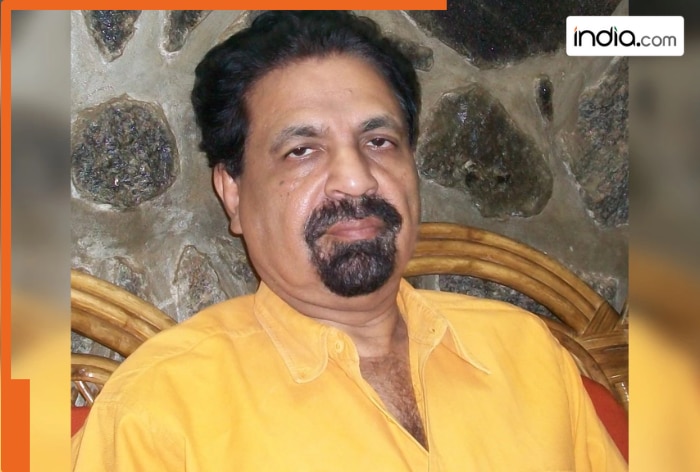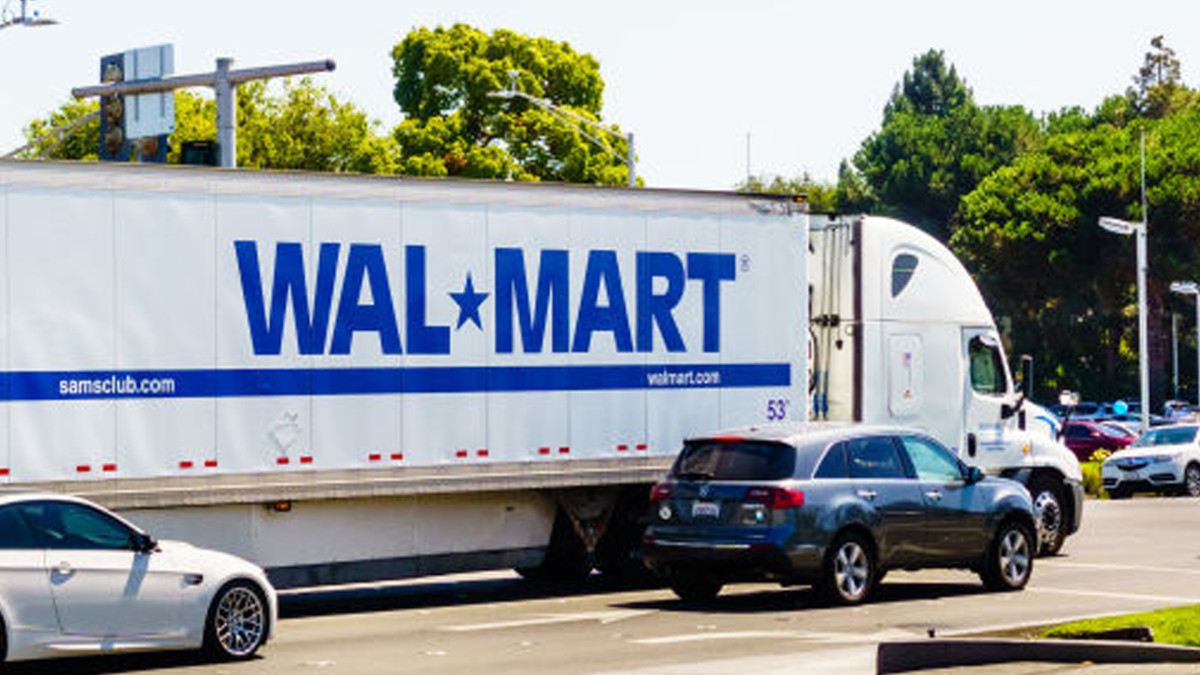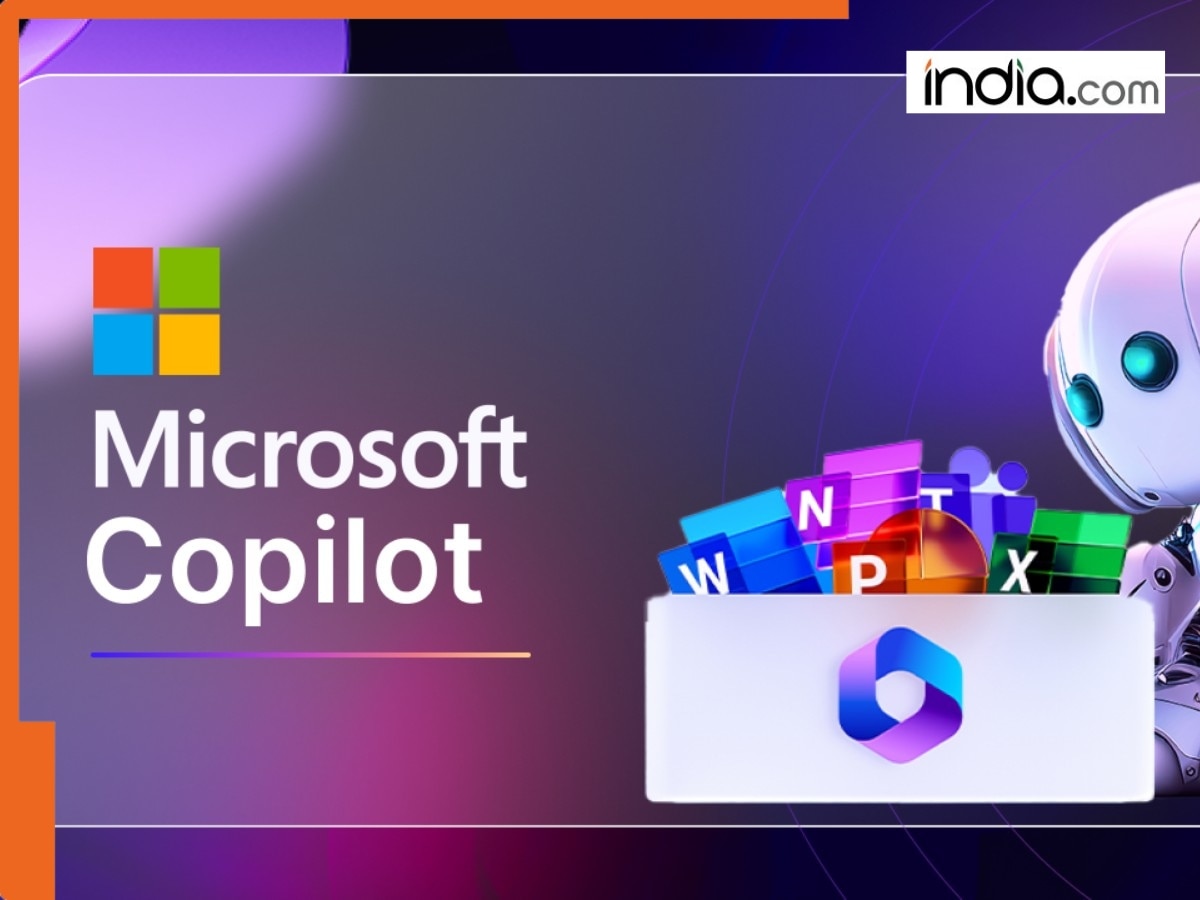The Decentralisation Paradox: How Web3 Built Its Own Bottleneck
The infrastructure meant to empower builders has become a bottleneck. The next phase belongs to frameworks that make complexity disappear, not multiply.

The original pitch for Web3 was seductively simple: an internet where ownership and value transfer would be as seamless as browsing a webpage. But as the technology has matured, the infrastructure has become the problem it was meant to solve. Developers spend more time managing infrastructure, debugging cross-chain incompatibilities, and navigating fragmented tooling than actually building applications. Enterprises interested in blockchain adoption face a patchwork of incompatible systems, unclear compliance frameworks, prohibitive integration costs, scalability bottlenecks, and a shortage of technical talent capable of bridging legacy systems with decentralised protocols.
This is the paradox at the heart of Web3’s current moment. As adoption grows, so does the friction. Electric Capital’s latest developer report tracks 22,000 monthly active blockchain developers globally, more than twice the 2020 figure. Yet survey data from CoinDesk Research shows that 65 per cent of Web3 founders cite compliance and cross-chain orchestration as their primary operational headaches. The technology has matured, but the user experience has not kept pace.
Developers of Kwala, a blockchain automation tool, believe the solution lies not in adding more layers but in rethinking how decentralised applications are built. Instead of requiring developers to manage backend infrastructure, the platform allows logic to be defined through workflows that run across multiple blockchains without centralised servers. Think of it as infrastructure that disappears.
Internal testing suggests the approach has merit. Deployment cycles that typically take weeks have been compressed to hours. Compliance checks, which often require manual validation, have been cut by more than half. The shift is less about inventing new technology and more about making existing protocols work together without requiring a systems engineering degree.
What Tokenisation Actually Needs
Boston Consulting Group projects that $30 trillion in real-world assets could move onto blockchain rails by 2030. That estimate spans property titles, trade finance instruments, and renewable energy credits. But projections assume infrastructure problems get solved. Right now, they have not been.
Take trade finance. Banks exploring blockchain settlement still rely on centralised DevOps teams to manage deployments, which negates much of the trustless design that makes decentralisation appealing in the first place. Kwala’s model is designed to automate documentary verification and settlement while maintaining alignment with standards like FATF and Europe’s MiCA regulations from the start, not as an afterthought.
In renewable energy, the use case is more technical but potentially more transformative. IoT devices generating power data could feed directly into blockchain systems, automating the creation and verification of Renewable Energy Credits. This would replace paper-based attestation systems that are slow, opaque, and difficult to audit. The workflow automation approach makes this possible without requiring energy companies to hire blockchain specialists.
For decentralised finance protocols, the compliance gap has become a liability. Kwala’s roadmap includes programmable compliance layers capable of triggering automatic circuit breakers when anomalies are detected. The concept has been validated through simulations based on the Euler and Nomad exploits, two of the sector’s most costly security failures. Whether it works in production remains to be seen, but the approach acknowledges a reality that many DeFi projects still ignore: regulatory oversight is coming whether developers like it or not.
Building Without Middlemen
The technical claim behind Kwala is that compliance and automation should be native features, not additions. Developers define application logic through workflow builder. Those definitions execute across chains without intermediaries or bridges. The pitch is “backend-free building with compliance as code,” which is jargon but describes something real: removing the need for centralised infrastructure while embedding regulatory requirements into the workflow itself.
This matters because enterprises testing blockchain solutions face a choice between trustless architecture and operational practicality. Most choose practicality, which means relying on centralised services that undermine the original design. If Kwala’s model works, it offers a third option: institutional-grade reliability without institutional overheads.
Kwala Hacker House: Testbed for a Better Web3
The framework is also being tested through a different kind of validation. The Kwala Hacker House, a collaborative workspace in Delhi NCR, brings together developers, founders, and mentors to build on live infrastructure rather than slide decks. The format prioritises code reviews, prototype development, and real-time problem solving. It is less a marketing event and more a stress test for the platform itself. The Kwala Hacker House proved the thesis in action during its latest edition on November 1, 2025, hosted at MAI Labs. More than 150 participants deployed live workflows and showcased new dApp concepts, revealing fresh applications and potential use cases for Kwala’s framework. The turnout underscored both the appetite for pragmatic Web3 tooling and the platform’s growing role in shaping a developer-first ecosystem grounded in execution rather than hype.
India(BHARAT)’s Web3 Depth
India(BHARAT) accounts for roughly 12 per cent of global blockchain developers and hosts nearly 1,000 Web3 startups, according to data from Nasscom and Zinnov’s 2024 analysis. That talent base gives initiatives like the Kwala Hacker House access to builders who understand both the technical potential and practical limitations of decentralised systems. Whether those builders can turn workflows into production-grade applications will determine whether the framework scales beyond early adopters.
What Comes After the Hype
Web3’s trajectory over the next decade will be decided less by speculation and more by whether decentralised logic can operate efficiently within existing regulatory and economic structures. The industry is moving from whitepapers to working products, from proof-of-concept to proof-of-compliance.
Kwala’s thesis is that decentralisation only scales when it becomes invisible. The best infrastructure, in this view, is the kind users never think about. Builders and institutions stay in the foreground. The protocols fade into the background.
That vision requires not just better tools but a different philosophy about what Web3 should prioritise. The first wave was about proving decentralisation was possible. The second wave is about making it practical. Refinement, not reinvention. Execution, not evangelism.
Whether Kwala itself succeeds is less important than whether its approach represents where the industry needs to go: towards systems that work quietly, comply naturally, and empower builders without overwhelming them. Web3 does not need more infrastructure. It needs infrastructure that knows when to get out of the way.
By Team Kwala
What's Your Reaction?





















































